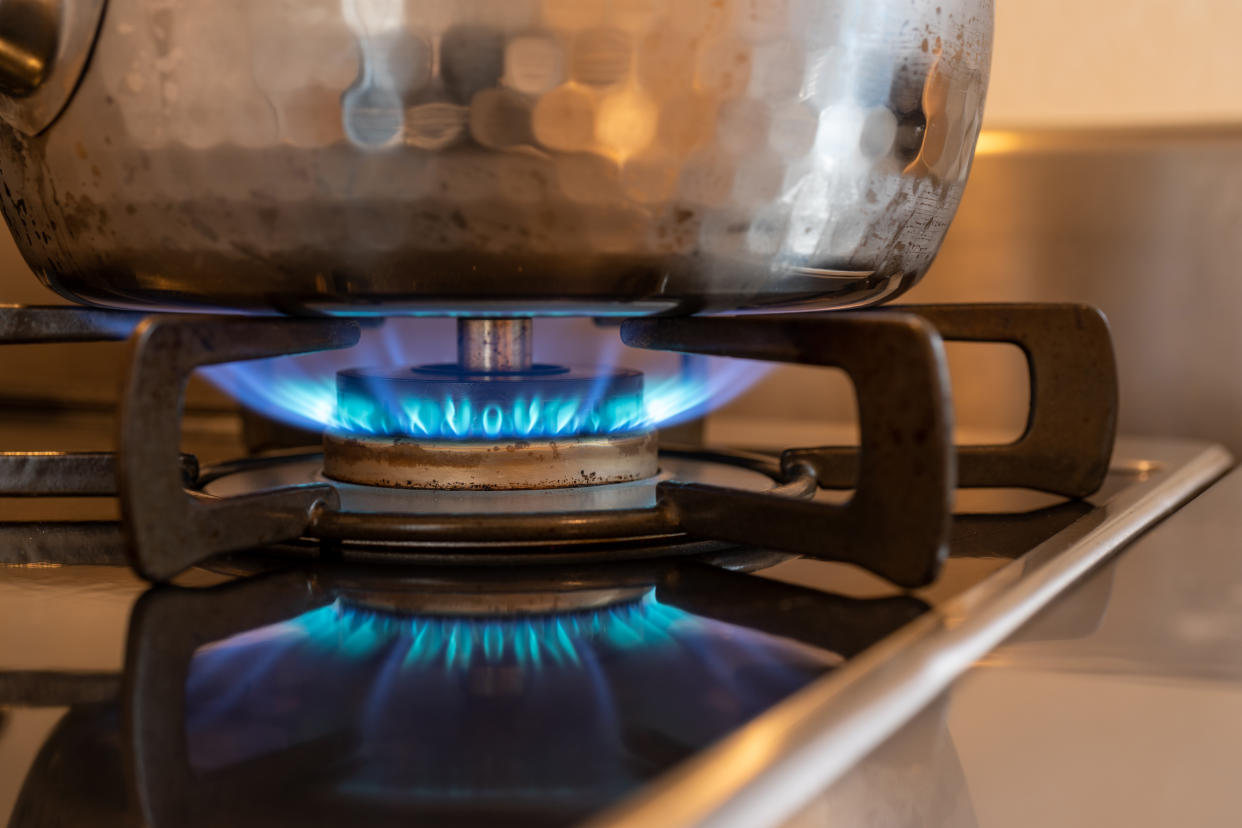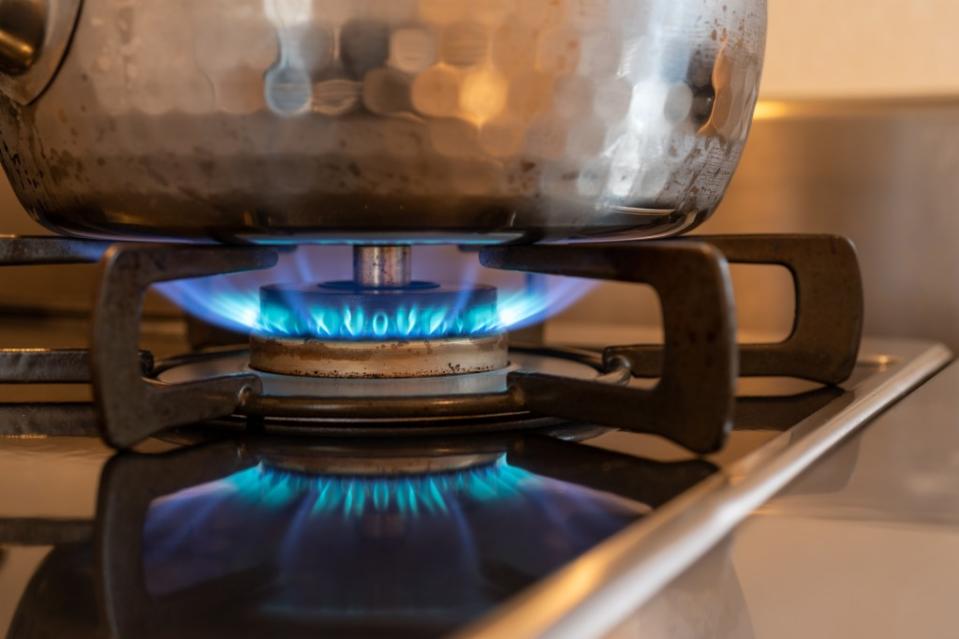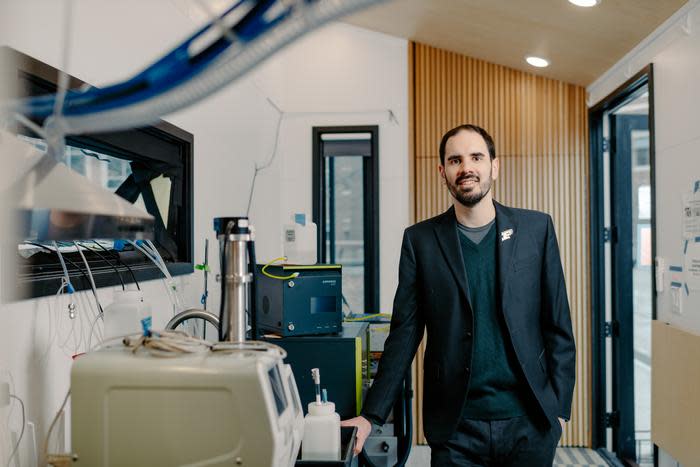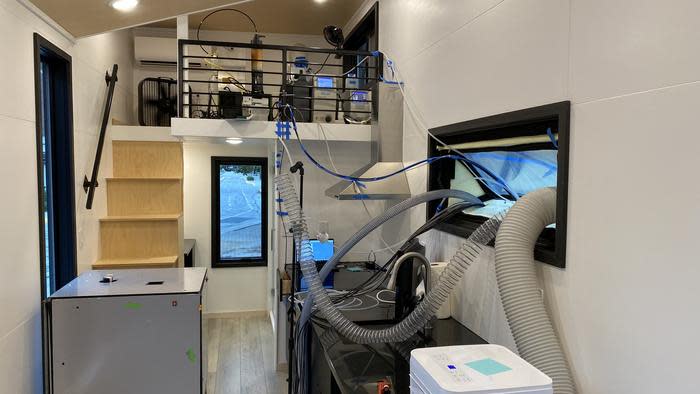Cooking on a gas stove might be more dangerous than you think, study finds

Cooking on a gas stove can produce up to 100 times more dangerous particles than a car exhaust pipe, a terrifying new study has revealed.
Researchers from Purdue University found that gas stoves released nano-sized particles that leave people with an increased risk of asthma and other respiratory illnesses.
“These super tiny nano-particles are so small that you’re not able to see them,” associate professor Brandon Boor from Purdue’s Lyles School of Civil Engineering told Southwest News Service on Friday. “They’re not like dust particles you would see floating in the air.”
“After observing such high concentrations of nano-cluster aerosol during gas cooking, we can’t ignore these nano-sized particles anymore,” he ominously added.
Last year, New York Gov. Kathy Hochul proposed a hotly-contested ban on gas stoves in the state, citing damaging effects to personal health and the wider environment.


For the study, Bloor and his team used state-of-the-art air quality instrumentation provided by the German company GRIMM AEROSOL TECHNIK.
With this technology, they were able to measure these tiny particles down to a single nano-meter while cooking on a gas stove in a “tiny house” lab.
The tiny house was kitted out with all the features of a typical living space, before it was additionally fitted with sensors that would closely monitor the impact of everyday activities on a home’s air quality.
The results uncovered that the nano-cluster aerosol particles are very persistent in their journey from the gas stove to the rest of the house.
Even though many particles rapidly diffused to other surfaces, the experiments indicated that between 10 billion a 1 trillion particles could deposit into a person’s airways and tracheobronchial region of the lungs while a stove was turned on.

The researchers are encouraging families to turn on their exhaust fans whilst cooking, which they believe will likely redirect the particles away from their lungs.
“Since most people don’t turn on their exhaust fan while cooking, having kitchen hoods that activate automatically would be a logical solution,” Dr Boor concluded.
“Moving forward, we need to think about how to reduce our exposure to all types of indoor air pollutants. Based on our new data, we’d advise that nanocluster aerosol be considered as a distinct air pollutant category.”

